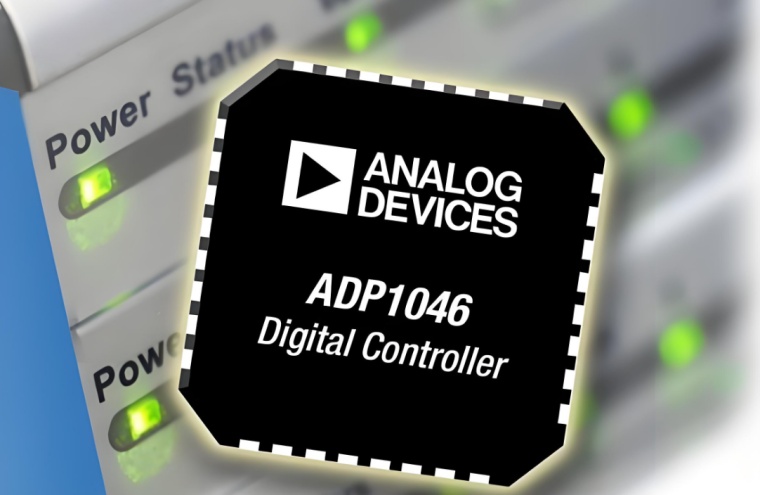**AD7510DIKN: A Comprehensive Technical Overview and Application Note**
The **AD7510DIKN** is a monolithic, CMOS-based **quad SPST (Single-Pole Single-Throw) analog switch** designed for high-performance signal switching applications. This integrated circuit (IC) is renowned for its ability to handle both analog and digital signals with exceptional precision and minimal distortion, making it a cornerstone component in data acquisition systems, audio routing, and communication infrastructure.
**Technical Deep Dive: Architecture and Key Specifications**
At its core, the AD7510DIKN integrates four independent switches. Each switch offers a low **on-resistance (typically 45Ω)** with a very tight flatness profile across the input signal range. This low and consistent resistance is critical as it minimizes signal attenuation and distortion, preserving the integrity of the transmitted analog waveform.
A defining feature of this device is its **fast switching speed**, with turn-on and turn-off times typically measured in tens of nanoseconds. This rapid response is essential for multiplexing high-speed data channels. Furthermore, the AD7510DIKN is engineered for **excellent off-isolation and very low crosstalk** between channels. This ensures that a signal in one channel does not inadvertently "leak" or interfere with an adjacent switched-off channel, a vital characteristic in precision measurement and high-fidelity systems.
The device operates on a single power supply ranging from **+10V to +30V**, or dual supplies up to ±20V, providing significant flexibility for interfacing with various system-level voltages. Its CMOS construction is the key to its low power consumption, making it suitable for portable and battery-powered equipment.
**Critical Application Circuits and Considerations**
A primary application for the AD7510DIKN is in **multiplexing and demultiplexing analog signals**. A typical 4-channel multiplexer configuration is shown below, where the four independent switches are used to sequentially route one of four input signals (VIN1-VIN4) to a single output, directed towards a shared resource like an Analog-to-Digital Converter (ADC).
```
+15V
|
\
/ R
\ Pull-Up
/
|
|
IN1 O-----|Switch|-----O VOUT
| 1 |
IN2 O-----|Switch|-----O

| 2 |
IN3 O-----|Switch|-----O
| 3 |
IN4 O-----|Switch|-----O
| 4 |
| |
GND GND
(Logic Control Not Shown)
```
*Figure: Simplified 4-Channel Analog Multiplexer Configuration*
**Design Notes:**
1. **Charge Injection:** A inherent characteristic of CMOS switches, charge injection is a glitch introduced onto the analog signal during the switching transition. For the most demanding DC applications, selecting a switch with low charge injection, like the AD7510, and careful layout are paramount.
2. **Supply Decoupling:** To ensure stable operation and minimize noise, it is mandatory to use a **0.1μF ceramic decoupling capacitor** between the V+ supply pin and ground, placed as close to the IC as possible.
3. **Overvoltage Protection:** Exceeding the absolute maximum ratings of the supply or input signals can latch up or permanently damage the CMOS device. In harsh environments, external clamping diodes or series resistors may be required for protection.
**ICGOODFIND**
The **AD7510DIKN** establishes itself as a robust and reliable solution for precision signal routing. Its combination of **low on-resistance, high speed, and excellent isolation** makes it an optimal choice for designers of data acquisition systems, automated test equipment (ATE), and audio/video switchers. Its versatility across a wide supply range ensures compatibility with both modern and legacy system designs, underlining its enduring value in the electronic component landscape.
**Keywords:**
1. **Analog Switch**
2. **Low On-Resistance**
3. **CMOS**
4. **Multiplexer**
5. **Signal Integrity**
